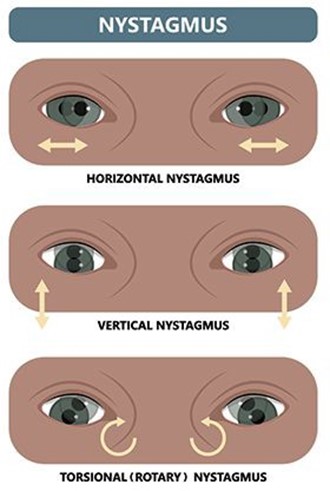The nurse is instructing the client on frequent sensations experienced when a contrast agent is injected into the body during diagnostic studies. Which sensation is most common?
A warm sensation.
Light-headedness.
Heart palpitations.
Chills.
The Correct Answer is A
A warm sensation. The most common sensation experienced when a contrast agent is injected into the body during diagnostic studies is a warm sensation, as the contrast agent causes a temporary increase in blood flow to the injected area.
Option B, Light-headedness, is not the most common sensation experienced during diagnostic studies with contrast agents.
Option C, Heart palpitations, are not common sensations experienced during diagnostic studies with contrast agents.
Option D, Chills, are not common sensations experienced during diagnostic studies with contrast agents.
Nursing Test Bank
Naxlex Comprehensive Predictor Exams
Related Questions
Correct Answer is ["A","C","D"]
Explanation
Meniere's disease is a disorder of the inner ear characterized by episodes of vertigo, hearing loss, tinnitus, and a feeling of fullness or pressure in the ear. Nystagmus is not a common symptom of Meniere's disease. Nystagmus is a rhythmic oscillation of the eyes and may be present in other conditions such as vestibular disorders, drug toxicity, or brainstem lesions.
Choice B, nystagmus, is incorrect because although nystagmus can occur in other vestibular disorders, it is not a common symptom of Meniere's disease.
Choice E, loss of vision, is incorrect because Meniere's disease affects the inner ear and does not typically cause vision loss.

Correct Answer is B
Explanation
"The chance of acquiring a sexually transmitted infection increases with multiple sex partners." This response is appropriate and accurate because having multiple sex partners increases the risk of acquiring sexually transmitted infections. The nurse's response can help educate the client and encourage safer sexual practices.
Choice A is incorrect because it assumes the client already practices safe sex.
choice C is not relevant to the conversation.
Choice D is not necessarily incorrect, but it does not provide as much information or education to the client as choice B does.
Whether you are a student looking to ace your exams or a practicing nurse seeking to enhance your expertise , our nursing education contents will empower you with the confidence and competence to make a difference in the lives of patients and become a respected leader in the healthcare field.
Visit Naxlex, invest in your future and unlock endless possibilities with our unparalleled nursing education contents today
Report Wrong Answer on the Current Question
Do you disagree with the answer? If yes, what is your expected answer? Explain.
Kindly be descriptive with the issue you are facing.
